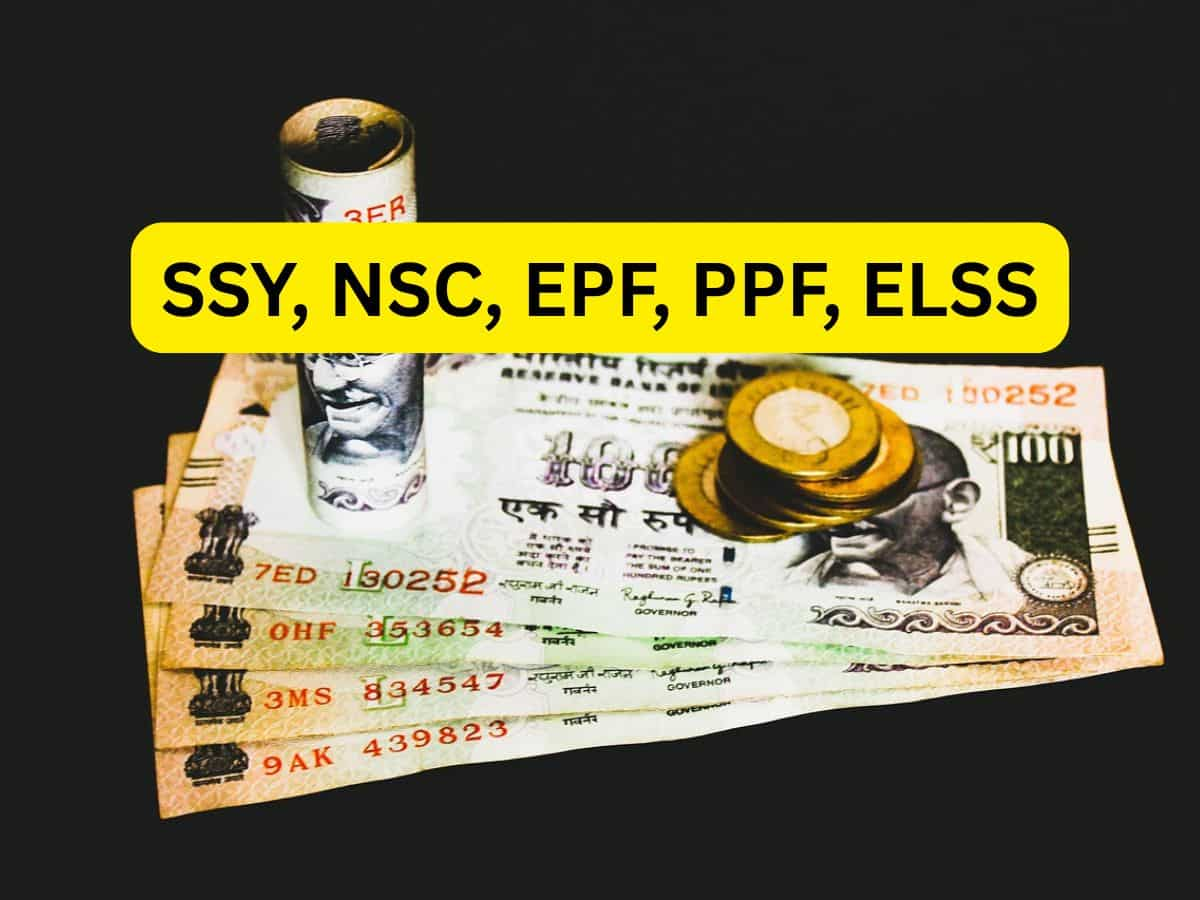Every individual wants to save money for retirement, emergencies, their child’s education, and other purposes, but often gets confused about choosing the right investment schemes. Well, there are many investment options for them, but which one is suitable is difficult to decide. These schemes range from traditional savings schemes to low-risk investment and market-linked products. They can opt for any as per their understanding or take a financial advisor’s help.
In this article, we will talk about five such schemes and their benefits. Take a look:
1. Employee Provident Fund (EPF)
Employee Provident Fund (EPF) is a long-term retirement savings scheme for employees where both employers and employees contribute a fixed amount every month. The Employee Pension Scheme (EPS) is a part of the EPF that provides a monthly pension after retirement. In EPF, both the employee and the employer contribute 12 per cent of the employee’s basic salary, out of which 3.67 per cent goes to the EPF (for savings) and 8.33 per cent goes to the EPS (for the pension fund). Read more
Add Zee Business as a Preferred Source
2. Public Provident Fund (PPF)
PPF comes with a 15-year lock-in period and a 5-year extension option, but it is one of the safest investment schemes. An individual can deposit a minimum of Rs 500 and a maximum of Rs 1.5 lakh in a year in this scheme. The interest rate is revised annually by the government and provides assured and tax-free interest.
3. National Pension System (NPS)
A government-backed scheme in which you can accumulate a retirement corpus. The scheme is managed by the Pension Fund Regulatory and Development Authority (PFRDA). In NPS, you can invest in a pension account throughout your employment and can build a tax-free retirement fund.
For a Tier-I account, you must contribute a minimum of Rs 500 to open it and a minimum of Rs 1,000 per financial year to maintain it. For a Tier-II account, the minimum contribution to open is Rs 250, and there is no minimum annual contribution, with contributions able to be made at any time. Read more
4. National Savings Certificate (NSC)
It is a low-risk fixed-income savings scheme in India. It comes with a five-year lock-in and fixed interest compounded annually. The reinvested interest also qualifies for Section 80C deductions.
5. Sukanya Samriddhi Yojana (SSY)
SSY is a government-backed small savings scheme aimed at securing a girl child’s future. It offers attractive returns with full tax benefits and a safe investment environment. The scheme currently offers 8.2% annual interest (July 2024 rate), compounded annually, making it one of the highest-yielding small savings options in India. Read more
